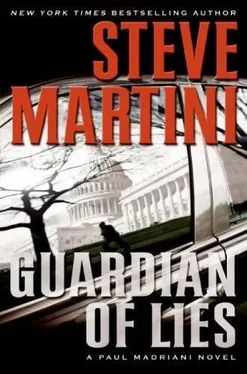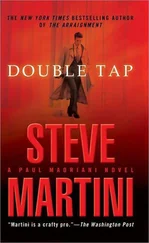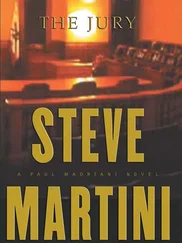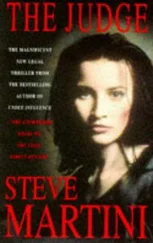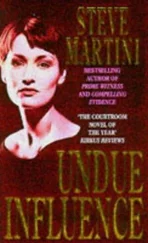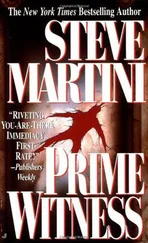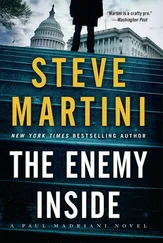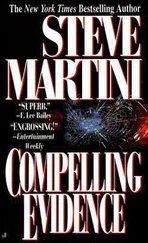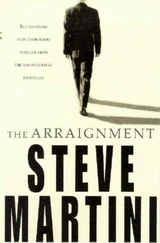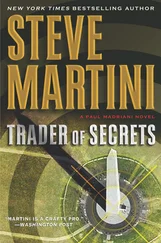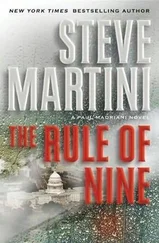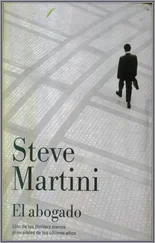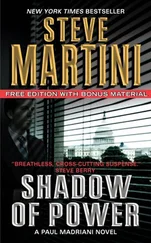At the end of the day, Liquida waited for Honeycutt to come out. When he didn’t, the Mexicutioner figured he was working late. After borrowing a pair of paint-splattered overalls from the painter’s van, he bagged the painter just after seven in one of the rooms downstairs. He wrapped the man in plastic and rolled him out to the van in a large wheeled trash cart he found in the basement. The Herrington parking lot was virtually empty. Dressed in the overalls, no one on the street paid the slightest attention as Liquida loaded the large plastic bundle into the back of the van and closed the doors. Taking advantage of opportunities and using what was at hand was part of his trade.
He rolled and wrapped Honeycutt in the same way he had the painter. He used two more sheets and plenty of duct tape to make sure nothing leaked and then hefted the body into the cart.
The last item was the man’s computer. Most of the large screen was covered by numbers, but across the top were smaller boxes with pictures in them. The man had courteously left the items Liquida was looking for on the screen. Except for one thing-there were not six photographs as he had been told by his contact, but seven. He thought about this for a second, then looked at the image of the extra picture. He couldn’t tell what it was. No problem, he would delete them all.
The system was an Apple, a little different from the PC, but Liquida had used one in his travels several times before. It was what you say, user friendly. He wrote down the name of the file so that if he hit the wrong key and the pictures disappeared from the screen, he could call them up again. The special program was a little tricky, but he quickly figured out how to find the pathway to the files. Within a couple of minutes he had tracked the images back to the server where they were stored. He deleted everything, including the covering e-mail from Emerson Pike and the billing inquiry sent in reply by Honeycutt. If there was anything more, it would take a computer expert to find it.
According to the people down south, as long as it didn’t look as if anything violent had occurred in the office, and the bodies simply disappeared, by the time the authorities sorted out the missing person’s reports it would no longer matter. They were merely buying time. This only made Liquida more curious. Whatever they were doing had a time frame, and apparently it wasn’t terribly long.
He would dispose of the bodies along with the van in a lake he had already mapped out. There was only one more item of business. He went back to the printer room and pulled the large sheet of paper from the top chute of the wide-format printer, then laid it out on a table in the room to look at it.
Liquida leaned over the table as his eyes wandered across the large sheet. It was a drawing, something like the pictures you see pasted to the inside of a washing machine when you take out the screws and lift off the metal panel. There were letters that looked as if they were printed backward, with blank spaces, as if someone had dropped little pieces of paper over part of them and that part had not gotten printed on the page. The only things Liquida could decipher in the text were some numbers, and even those had gaping blanks. They offered nothing by way of understanding.
His expression was one of puzzlement. This was not among the photographs he was looking for, so it had to be the extra picture he had seen on the screen. The people down south did not know about this picture, but Liquida smiled, because he was sure they would want to look at it. He picked up the large sheet of paper, folded it, and put it in his pocket. He would probably send it to them, but not just yet.
Unless I am wrong, the killer tied the knot. I pluck at it with the sharp point of a penknife from my desk drawer for a minute or more before I get it loose.
Slicing into the small muslin bag or cutting the string is not something I want to do, just in case there is something important inside, something beyond the simple cumulative evidence that the police already have. I’m pretty sure I already know what it is, but I want to see it for myself.
If Harry knew about this, he would tell me that it’s curiosity that killed the cat. So far he has come up with a blank as far as Pike owning any of the felines. According to the gardener and Pike’s cook, there were no animals, at least none that Pike owned. But the gardener admits to having rolled over several of the small white muslin bags while mowing the lawn in the week or so leading up to the murders. He remembers because it sounded like rocks when he hit them.
Having positioned a clean sheet of paper on the blotter of my desk, I pour out the contents of the muslin bag, the one I purloined from the bush at Pike’s house.
Inside is a mash of tiny shredded leaves, what looks like tea, and in fact is. The things we don’t know, but can learn online. Catnip is a variety of tea sometimes taken as a medicinal for ailments by humans, that is, when it’s not being used to drive the feline set crazy.
For me at the moment, however, what is of more interest is what is buried inside. I open the matted mashed ball with the point of my penknife. What I find are five metal hex-head nuts, the kind you would use to screw on bolts. I would guess them to have a three-eighths-inch inside diameter. I have no idea of their individual weight, but you can be sure that I will have someone put them on a scale before we go to trial.
Whoever made up the bag put the metal nuts inside for heft, to give it weight so that the bag would have distance when he threw it. By doing this he could get the bag inside the motion sensors before he released the cat to set off the alarm.
According to the report that Harry read, the police have five of the small bags. I have one. God only knows how many the gardener rolled over and chewed up on his mower before the night of the murders, or how many more might still be lying around the property. Whoever used them was inventive and persistent. He kept throwing the tiny bags until he got what he wanted, a security system so annoying that the owner would have it turned off.
I scoop the contents back into the bag, including the five metal nuts, and retie the top of the bag with the string. I deposit the bag, along with my penknife, in the center drawer of my desk. One more piece in the puzzle. From the beginning this has been a case of puzzles inside puzzles.
Something Katia said to me during our meeting at the jail earlier in the week has been needling me but I can’t figure out why.
I wander down the hall to Harry’s office.
As I break the plane of the open doorway, I see that Harry is behind the desk, busy working, pencil in his hand. He looks up at me. “Did you see my note?”
“About Templeton, yes. Any other bad news?”
“Not at the moment,” says Harry, “but with the Dwarf on the case, I’d stay tuned if I were you.”
Larry Templeton, aka “the Death Dwarf,” has been assigned to prosecute Katia’s case. He is, without question, the most deft death-penalty prosecutor in the DA’s office, perhaps in the state. I have lost track of the number of capital cases he has won, lacking enough fingers and toes to count them all. That a wing of the death house at San Quentin has not yet been named for him is itself a measure of injustice.
“Word is, he’s looking to settle up with us over the double-tap thing,” says Harry.
We haven’t been up against Templeton since People v. Ruiz , the murder of Madelyn Chapman, the software mogul shot twice in the head in a tight bullet pattern you could cover with a quarter. The case was coined by the press “the Double-Tap Trial.”
“That he didn’t take Ruiz down wasn’t for want of trying,” I say.
Читать дальше
